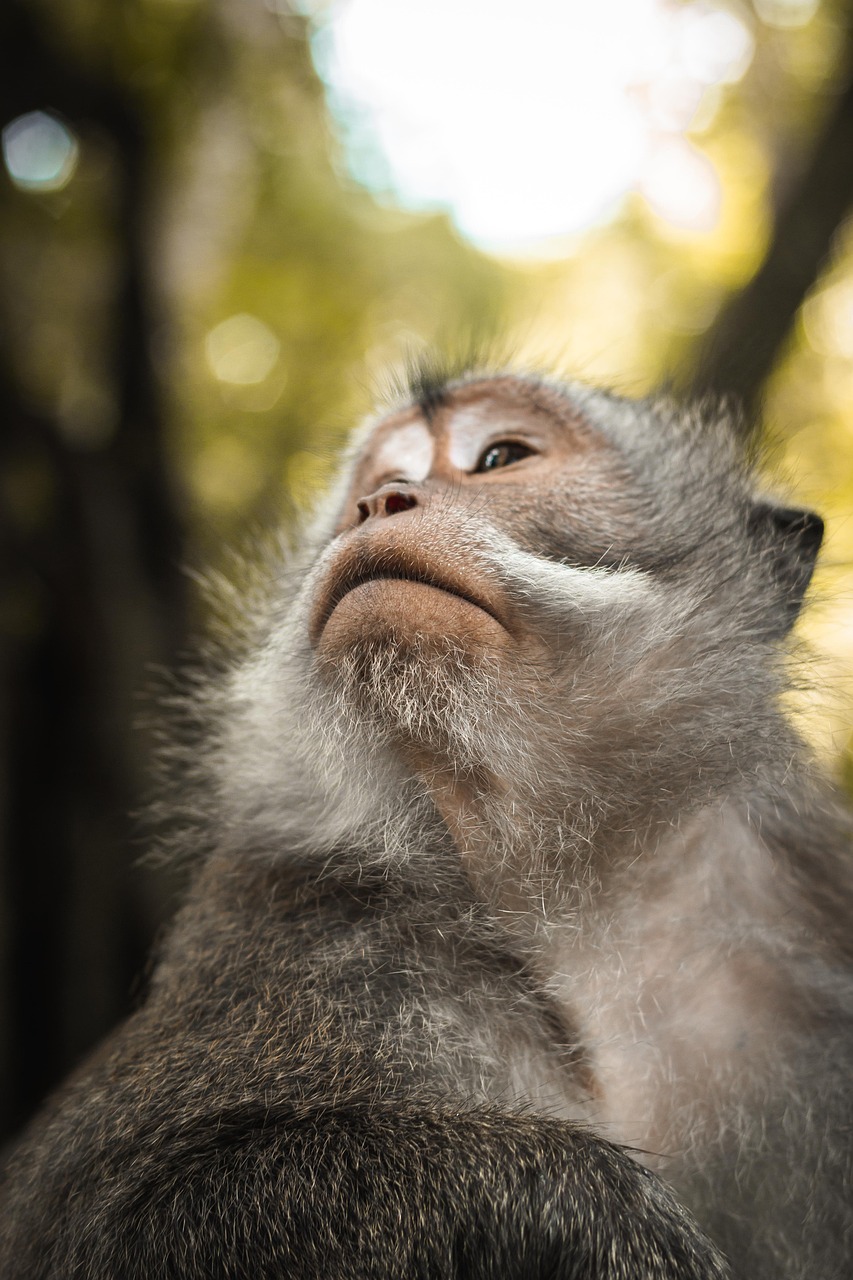If you’ve ever wondered about the natural wonders that Mexico has to offer, look no further than its diverse biosphere reserves. These protected areas are home to a wide range of ecosystems, from lush jungles to arid deserts. In this article, we’ll take a closer look at Mexico’s biosphere reserves and the incredible biodiversity they host. Strap in, because we’re about to embark on a journey through the fascinating landscapes of Mexico.
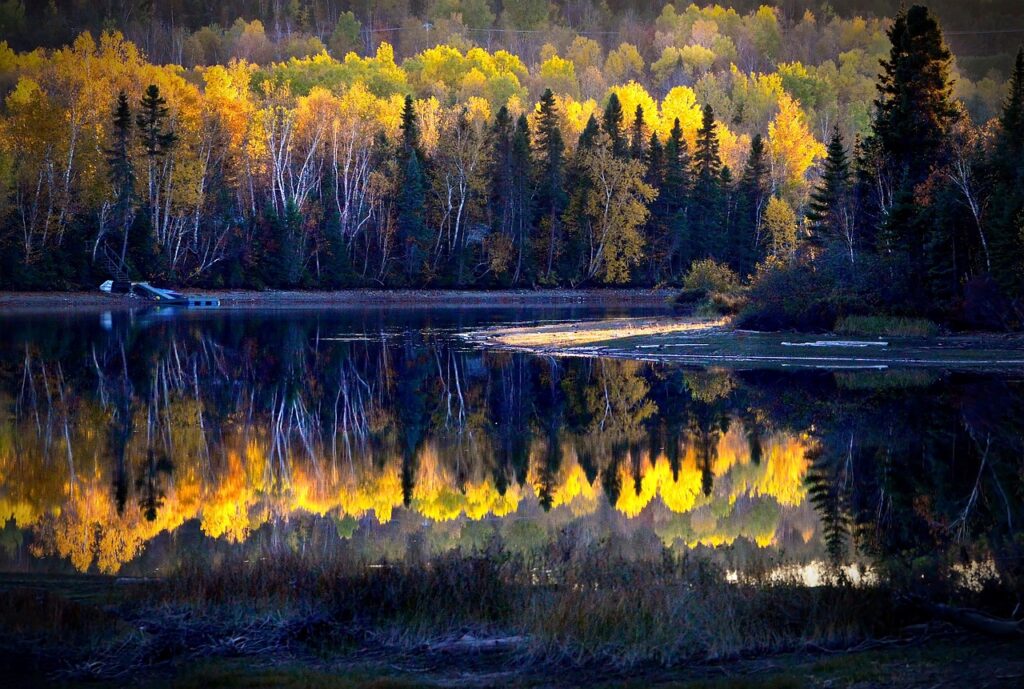
Biosphere Reserves in Mexico
Mexico is home to a remarkable array of biosphere reserves, designated areas that aim to protect and conserve the country’s rich biodiversity while promoting sustainable development. These reserves serve as living laboratories, showcasing the diverse ecosystems and species that thrive within Mexico’s borders. With their unique landscapes and ecosystems, Mexico’s biosphere reserves offer visitors a chance to explore the beauty and complexity of the natural world.
Definition and Purpose
Biosphere reserves are internationally recognized areas that balance conservation efforts with sustainable development. They are designated by UNESCO (United Nations Educational, Scientific and Cultural Organization) and serve as models for harmonizing the needs of humans and the environment. These reserves are meant to promote the conservation of biological diversity, protect cultural heritage, and stimulate sustainable development through education, research, and community involvement.
Number and Distribution
Mexico is blessed with a staggering number of biosphere reserves, making it one of the countries with the highest number of these protected areas in the world. Currently, there are 41 biosphere reserves in Mexico, covering more than 13 million hectares of land and sea. These reserves are distributed throughout the country, showcasing its diverse geography and ecosystems. From the jungles of the Yucatan Peninsula to the deserts of Baja California, Mexico’s biosphere reserves represent a wide range of natural environments.
Management and Conservation
The management and conservation of Mexico’s biosphere reserves are coordinated by the National Commission of Natural Protected Areas (CONANP). This governmental agency works closely with local communities, indigenous groups, and other stakeholders to develop and implement management plans that ensure the long-term preservation of these protected areas. Through the involvement of local communities in decision-making processes, Mexico’s biosphere reserves aim to achieve a balance between conservation and sustainable development.
Jungle Biosphere Reserves
Location and Characteristics
Mexico’s jungle biosphere reserves are located primarily in the southeast region of the country, covering the states of Quintana Roo, Campeche, and Chiapas. These reserves are characterized by their lush vegetation, towering trees, and abundant wildlife. The dense jungles of Mexico are home to a wide range of species, including jaguars, monkeys, and vibrant bird species.
Key Reserves
Two of the most notable jungle biosphere reserves in Mexico are the Sian Ka’an Biosphere Reserve and the Calakmul Biosphere Reserve. Sian Ka’an, located in the state of Quintana Roo, is a UNESCO World Heritage Site and spans over 500,000 hectares. It encompasses a diverse range of ecosystems, including mangroves, wetlands, and the world’s second-largest barrier reef. Calakmul, on the other hand, is situated in the state of Campeche and boasts ancient Mayan ruins amidst its pristine jungles.
Biodiversity and Endangered Species
Mexico’s jungle biosphere reserves are crucial habitats for a vast array of species, many of which are endangered or threatened. These reserves provide a safe haven for iconic species such as the jaguar, whose populations have been declining due to habitat loss and fragmentation. The jungles are also home to several monkey species, including the endangered black howler monkey. Protecting and preserving these biodiverse jungles is vital to ensure the survival of these remarkable species.
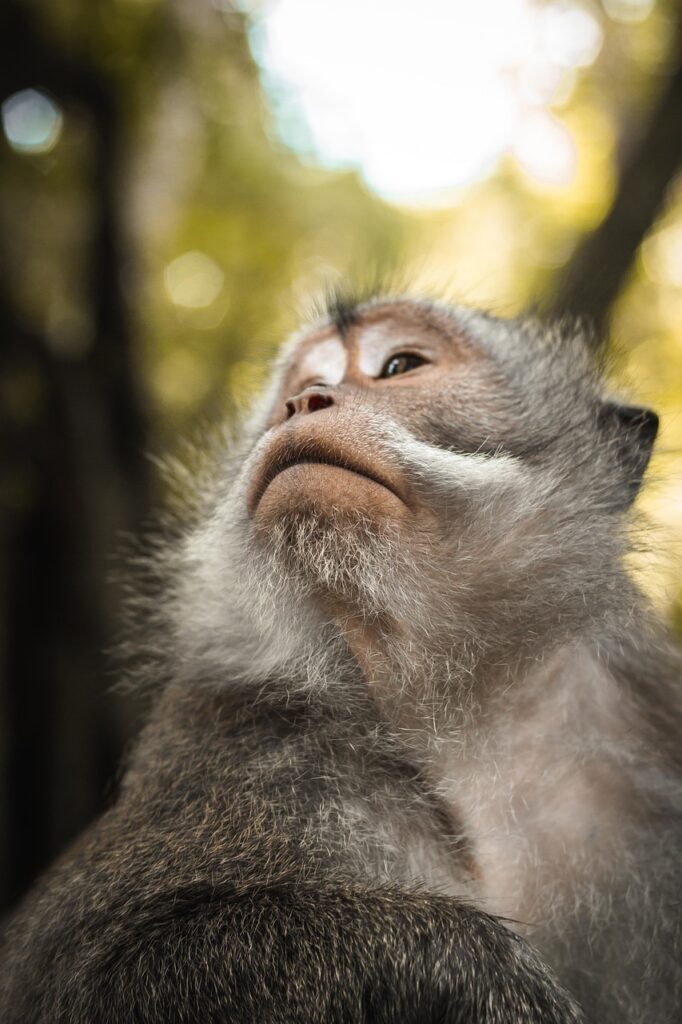
Desert Biosphere Reserves
Location and Characteristics
Mexico’s desert biosphere reserves are primarily located in the northern part of the country, in regions such as Baja California, Chihuahua, and Sonora. These arid landscapes are characterized by their sparse vegetation, unique geological formations, and extreme temperature fluctuations. Despite the harsh conditions, these deserts are teeming with life, adapted to survive in the arid environment.
Key Reserves
Among the key desert biosphere reserves in Mexico is the El Pinacate and Gran Desierto de Altar Biosphere Reserve, located in the state of Sonora. This reserve encompasses a stunning diversity of desert ecosystems, including volcanic landscapes, enormous sand dunes, and striking rock formations. Another important desert reserve is the Sierra de San Pedro Mártir Biosphere Reserve, situated in Baja California. It boasts stunning mountainous desert landscapes and is renowned for its astronomical observatory.
Unique Adaptations and Species
The desert biosphere reserves of Mexico are renowned for their unique plant and animal adaptations that enable them to thrive in extreme conditions. Cacti, such as the famous saguaro cactus, dominate the desert landscapes and have evolved special mechanisms to store water. Desert-dwelling animals, such as the roadrunner and the kit fox, have adapted to conserve water and withstand high temperatures. These adaptations showcase the incredible resilience of life in the desert.
Coastal Biosphere Reserves
Location and Characteristics
Mexico’s coastal biosphere reserves are found along its extensive coastlines and encompass a wide range of marine and terrestrial ecosystems. From mangrove forests to coral reefs, these reserves showcase the interconnectedness of land and sea. The coastal areas of Mexico are known for their stunning beaches, crystal-clear waters, and vibrant marine life.
Key Reserves
One of the most significant coastal biosphere reserves in Mexico is the Biosphere Reserve of Sian Ka’an, previously mentioned as a jungle reserve. Situated in Quintana Roo, this reserve extends into coastal areas and encompasses a vast array of marine ecosystems, including seagrass beds, coral reefs, and lagoons. The Gulf of California Biosphere Reserve, located in Baja California, is another notable reserve known for its rich biodiversity and its importance as a breeding ground for marine mammals.
Marine and Terrestrial Ecosystems
Mexico’s coastal biosphere reserves are characterized by their unique combination of marine and terrestrial ecosystems, making them hotspots of ecological diversity. The mangrove forests found in these reserves provide essential breeding grounds for fish and act as buffers against storm surges. Coral reefs, such as those found in the Sian Ka’an Biosphere Reserve, harbor a wide range of marine species and contribute to the overall health of the oceans. These coastal reserves serve as critical habitats for numerous species and are vital for the overall resilience of marine and terrestrial ecosystems.
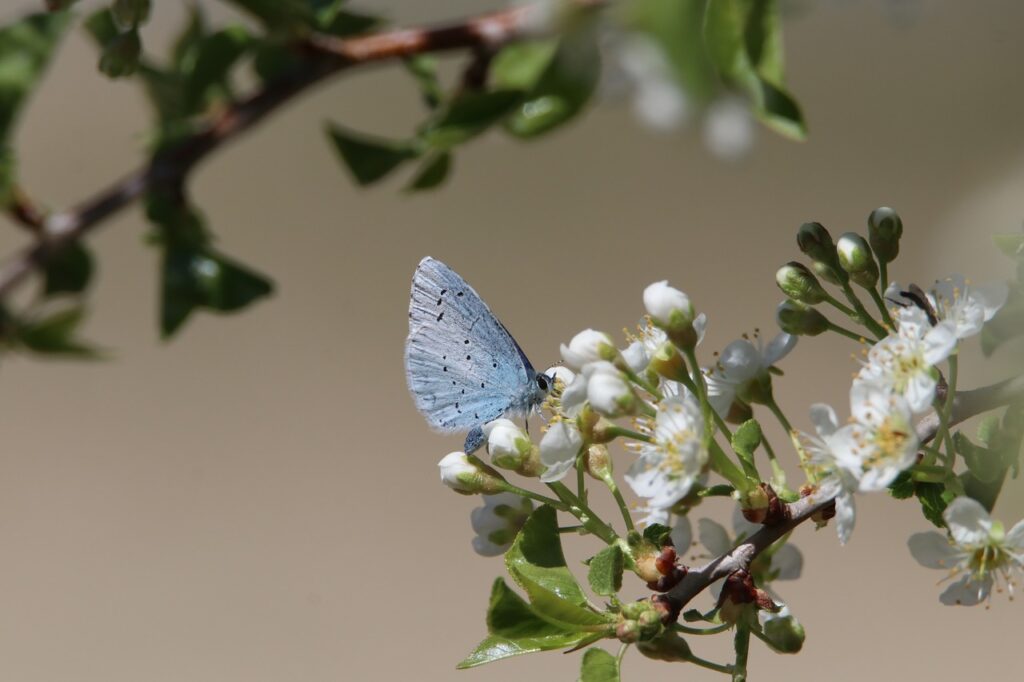
Mountain Biosphere Reserves
Location and Characteristics
Mexico’s mountain biosphere reserves are situated in various mountainous regions across the country, including the Sierra Madre Occidental, the Sierra Madre Oriental, and the Trans-Mexican Volcanic Belt. These reserves are characterized by their rugged landscapes, high elevations, and significant variations in climate. The mountains of Mexico offer breathtaking vistas, unique flora and fauna, and diverse ecosystems.
Key Reserves
The El Cielo Biosphere Reserve, located in the state of Tamaulipas, is one of the key mountain biosphere reserves in Mexico. It encompasses a range of elevation zones and is known for its cloud forests, home to unique plant species and a haven for birdwatchers. The Nevado de Toluca Biosphere Reserve, situated in the state of Mexico, is another prominent mountain reserve that boasts the stunning Nevado de Toluca volcano, offering visitors the opportunity to witness the unique interplay between volcanic activity and ecosystems.
Elevation and Climate Variations
Mexico’s mountain biosphere reserves showcase a remarkable range of elevation and climate variations, resulting in diverse ecosystems and habitats. From high-altitude pine forests to subalpine meadows, these reserves host a variety of plant and animal species adapted to different altitude zones. The high elevations not only provide refuge for unique flora and fauna but also play a crucial role in regulating water resources, acting as natural water catchments for downstream communities.
Island Biosphere Reserves
Location and Characteristics
Mexico’s island biosphere reserves are located in various parts of the country and are known for their unique ecosystems separated from the mainland. These islands offer a distinct set of challenges and opportunities for conservation, showcasing endemic species and extraordinary landscapes. Mexico’s island reserves are magnets for nature enthusiasts seeking to explore these isolated and captivating environments.
Key Reserves
The Archipelago of Revillagigedo Biosphere Reserve, situated off the coast of Baja California, is one of the most significant island reserves in Mexico. It comprises four volcanic islands and their surrounding waters, acting as a haven for numerous marine species, including sharks, dolphins, and manta rays. Another noteworthy island reserve is the Cozumel Biosphere Reserve, located in the Caribbean Sea. Famous for its clear waters and vibrant coral reefs, Cozumel attracts divers and snorkelers from around the world.
Unique Island Biodiversity
Mexico’s island biosphere reserves boast unique biodiversity, often characterized by endemic species found nowhere else on the planet. The isolation of these islands has allowed for the evolution of distinct flora and fauna, resulting in high levels of endemism. For example, the Revillagigedo Islands are home to several endemic reptile species, including lizards and snakes. The islands also serve as important breeding grounds for seabirds, contributing to their global conservation.

Volcano Biosphere Reserves
Location and Characteristics
Mexico’s volcano biosphere reserves are situated in regions that have been shaped by volcanic activity. These reserves provide a unique opportunity to witness the dynamic relationship between volcanic landscapes and the surrounding ecosystems. From dormant volcanoes to geothermal hot springs, these areas showcase the earth’s incredible geological history.
Key Reserves
Among the key volcano biosphere reserves in Mexico is the Nevado de Colima Biosphere Reserve, located in the western part of the country. This reserve encompasses the Nevado de Colima, an active volcano, and its surrounding areas. Visitors can witness the power of volcanic activity and explore the diverse ecosystems that have adapted to this unique environment. The Popocatepetl-Zoquiapan Biosphere Reserve, situated in central Mexico, includes the famous Popocatepetl volcano, known for its periodic eruptions.
Volcanic Activity and Ecosystem Recovery
Volcano biosphere reserves offer a fascinating insight into the dynamic relationship between volcanic activity and ecosystem recovery. Volcanic eruptions, while destructive, can create new habitats and provide essential nutrients for the growth of vegetation. Resilient plant species, such as the lava cactus, have adapted to colonize volcanic landscapes. Over time, these areas recover, and the cycle of destruction and renewal continues, shaping the biodiversity of volcano biosphere reserves.
Cave Biosphere Reserves
Location and Characteristics
Mexico’s cave biosphere reserves are located in regions that are famous for their extensive underground cave systems. These reserves provide a unique opportunity to explore the fascinating subterranean world and discover the hidden treasures found within. With stunning limestone formations and cave-dwelling species, these reserves are a testament to the remarkable natural wonders that lie beneath the surface.
Key Reserves
One of the most significant cave biosphere reserves in Mexico is the El Cielo Biosphere Reserve, previously mentioned as a mountain reserve. This reserve not only encompasses cloud forests but also a labyrinth of limestone caves that attract spelunkers and researchers alike. Another notable cave reserve is the Cuetzalan Biosphere Reserve, located in the state of Puebla. This reserve showcases the intricate cave systems found in the Sierra Norte region, with impressive stalactites and stalagmites.
Underground Habitats and Fauna
Cave biosphere reserves in Mexico provide a window into the hidden world of underground habitats and the unique fauna that inhabit them. These caves are home to blind fish, spiders, and other creatures that have adapted to living in perpetual darkness. The limestone formations found within the caves create stunning geological features, such as stalactites and stalagmites, adding to the beauty and intrigue of these subterranean environments.
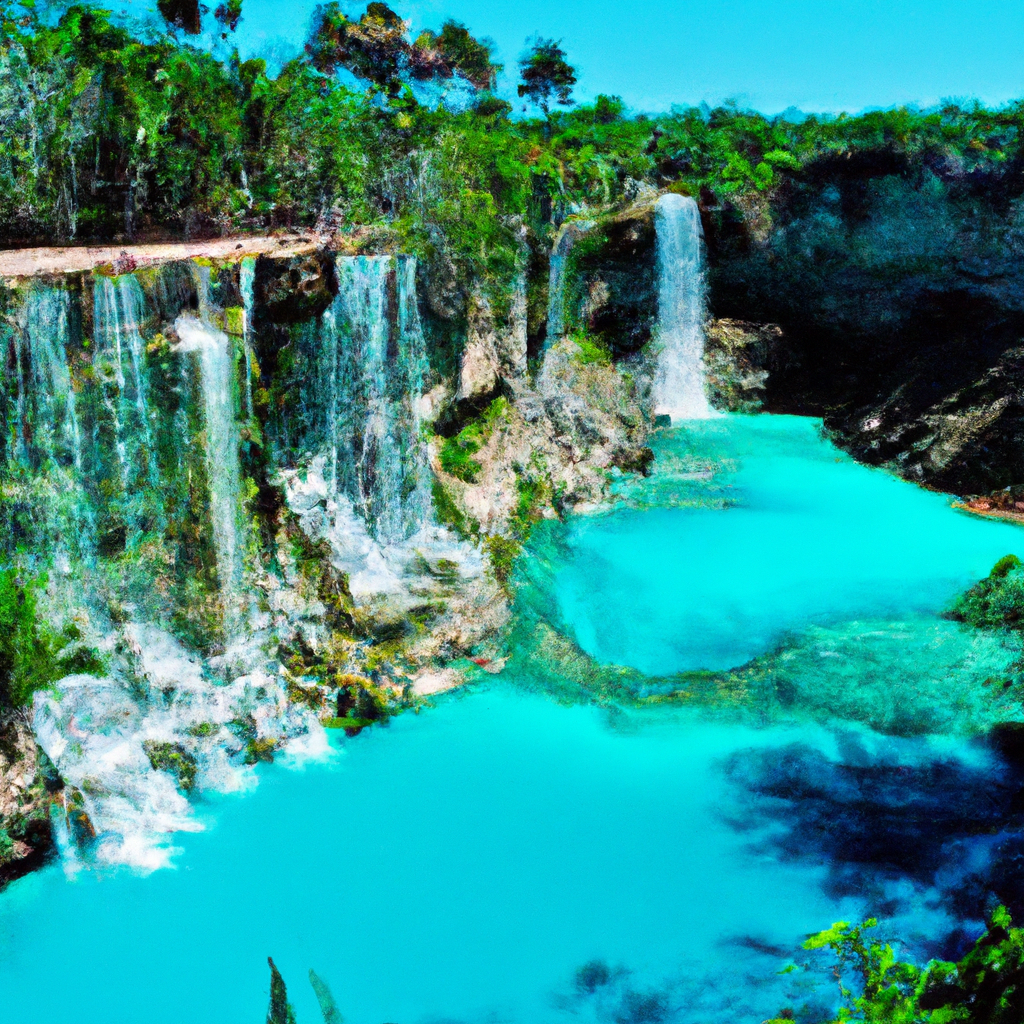
Wetland Biosphere Reserves
Location and Characteristics
Mexico’s wetland biosphere reserves are found in various regions throughout the country and encompass a range of aquatic ecosystems. From freshwater marshes to coastal lagoons, these reserves provide vital habitats for numerous plant and animal species. Wetlands not only support rich biodiversity but also provide valuable ecosystem services, such as water filtration and flood prevention.
Key Reserves
Among the key wetland biosphere reserves in Mexico is the Ría Celestún Biosphere Reserve, located on the Yucatan Peninsula. This reserve covers an extensive coastal area and is home to various wetland ecosystems, including mangroves and brackish lagoons. It serves as a crucial habitat for numerous bird species, including the iconic American flamingo. The Términos Lagoon Biosphere Reserve, situated in the state of Tabasco, is another notable wetland reserve, known for its vast mangrove forests and important role in supporting migratory bird populations.
Importance for Migratory Birds
Wetland biosphere reserves play a vital role in supporting migratory bird populations, serving as important stopover sites during long-distance journeys. These reserves provide food, shelter, and breeding grounds for countless bird species, contributing to their survival and conservation. The wetlands of Mexico are a critical link in the migratory routes of birds, with millions of birds passing through each year, delighting birdwatchers and researchers alike.
Mangrove Biosphere Reserves
Location and Characteristics
Mexico’s mangrove biosphere reserves are located along its extensive coastlines and are renowned for their extensive mangrove forests. Mangroves are unique ecosystems that act as nurseries for fish and other marine species, provide protection against coastal erosion, and play a crucial role in carbon sequestration. Mexico’s mangrove reserves offer visitors the opportunity to witness the interconnectedness between terrestrial and marine ecosystems.
Key Reserves
One of the key mangrove biosphere reserves in Mexico is the Sian Ka’an Biosphere Reserve, previously mentioned as both a jungle and coastal reserve. This UNESCO World Heritage Site encompasses vast areas of mangrove forests, acting as a crucial breeding ground for numerous marine species. Another significant mangrove reserve is the Celestún Biosphere Reserve, famous for its large flocks of flamingos and its important role in supporting the delicate balance of coastal ecosystems.
Ecosystem Services and Conservation
Mangrove biosphere reserves in Mexico provide numerous ecosystem services that are invaluable for both humans and the environment. The intricate root systems of mangroves trap sediment and filter pollutants, improving water quality and preventing coastal erosion. Mangroves also sequester large amounts of carbon dioxide, playing a crucial role in mitigating climate change. Protecting and conserving these mangrove ecosystems is essential not only for the survival of countless marine species but also for the resilience of coastal communities.
In conclusion, Mexico’s biosphere reserves are a testament to the country’s commitment to conservation and sustainable development. From the lush jungles to the arid deserts, from the coastal mangroves to the towering mountains, Mexico’s diverse reserves showcase the beauty and complexity of the natural world. These protected areas provide vital habitats for countless species, offer unique learning opportunities, and contribute to the overall well-being of our planet. By appreciating and preserving these biosphere reserves, we can ensure a more sustainable and harmonious future for both humans and the environment.
